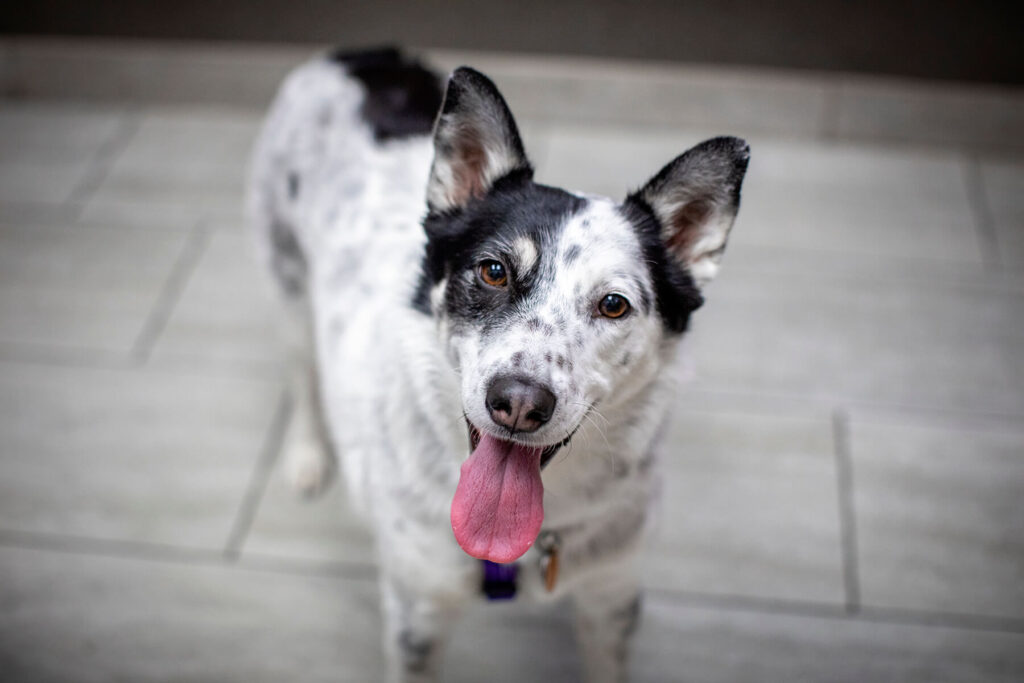While surgery may seem scary, spaying is a procedure that comes with plenty of benefits. If this is your first time scheduling a spay appointment for a dog, take a look at the answers to some of the most common questions that pet parents have.
What Is a Spay Procedure?
Simply stated, spaying is surgical sterilization for female animals. The veterinarian will remove the reproductive organs (including the uterus, and ovaries). This makes it impossible for your dog to get pregnant.
Does Spaying Require Anesthesia?
The spay procedure may sound a bit like the human version of a full hysterectomy — and it is similar. A human female wouldn’t undergo this type of invasive procedure fully awake. Likewise, a female dog shouldn’t have her reproductive organs removed without the benefit of anesthesia.
While anesthesia comes with potential risks, it also allows your pet to sleep comfortably while the veterinarian performs the procedure. If you have questions about anesthesia and your dog’s specific medical needs, discuss your concerns with the vet during the pre-surgical consultation. This gives you time — before the procedure day — to get answers and calm concerns.
Why Spay a Dog?
Pregnancy prevention is a primary reason for spaying a pet. According to the ASPCA, 3.3 million dogs enter animal shelters in the United States annually. Adding to the nationwide pet population isn’t always advisable, especially if you can’t care for (or find someone to care for) the puppies yourself.
Along with pregnancy prevention, spaying has health benefits for dogs. Spaying can prevent a pyometra, a potentially life-threatening infection of the uterus. Without a uterus, your pup won’t develop this problem.
The health benefits of spaying female dogs also include reducing the risk of developing mammary tumors. The risk drops to 0.5 percent if you spay your dog before her first heat, according to the American College of Veterinary Surgeons (ACVS). Spaying your dog after her first heat but before her second reduces the risk to 8 percent. Waiting until after the second heat still reduces the likelihood of developing a mammary tumor, but only to 26 percent.
Why Decide to Not Spay a Dog?
If you plan to breed your canine, spaying isn’t an option. Again, this surgical procedure is a full hysterectomy — leaving your dog without her reproductive organs. Without a uterus or ovaries, your dog can’t get pregnant or have puppies.
How Long Will the Dog Stay at the Animal Hospital?
A routine spay is an outpatient pet procedure that won’t require an animal hospital stay. The exact time the entire spay appointment takes depends on several factors. Even though the procedure itself won’t take long, your pet will need extra time before and after her surgery. This includes post-procedure recovery time for your pup to wake up.
What Happens After Surgery?
After your dog has recovered from anesthesia, you’ll get to take her home. Make sure to follow the vet’s instructions exactly. These typically include how, when, and what to feed your dog, as well as instructions for activity, rechecks, and medications. Failure to follow the vet’s directions may extend the recovery time or result in injury or infection.
The vet may also give you pain medication for your dog. Again, follow the instructions precisely. Never give human pain medication to a dog without consulting with your veterinarian. Your dog’s body can’t process human medication correctly, making these drugs potentially toxic.
Your dog will also get an E-collar (aka cone) to prevent licking. Licking or chewing the surgery site can result in an infection or slow down the healing process.
Do you need to schedule a spay procedure for your dog? Contact 1st Pet Veterinary Centers for more information.

